The financial growth comes amid Formula One’s global expansion strategy, which saw a record 24-race calendar in 2024 and viewership figures climbing to 1.6 billion, up from 1.5 billion in 2023. With an average of 66 million viewers per race across linear platforms and social media followers surging to 97 million, the business fundamentals underpinning Formula One have never appeared stronger. The 14% year-over-year increase from 2023’s £2.4 billion demonstrates the sport’s unprecedented commercial momentum despite challenges in specific markets.
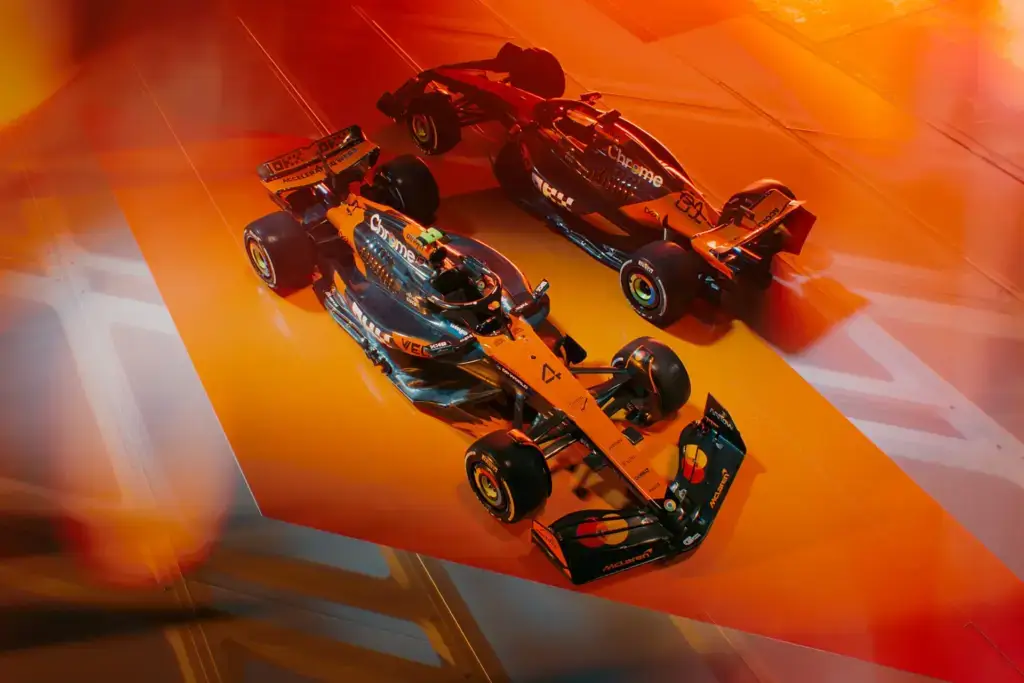
Revenue streams driving growth
Formula One’s financial structure is built upon three primary revenue streams that collectively generate the majority of its income. Media rights remain the dominant source at 32.8% of total revenue, reflecting the premium broadcasters worldwide place on live sports content with affluent, engaged audiences.

Race promotion fees contribute 29.3% of revenue, though this segment experienced a slight decline in the fourth quarter of 2024. The Las Vegas Grand Prix specifically generated lower-than-expected income from tickets and hospitality. Derek Chang, president and chief executive of Liberty Media, addressed this challenge directly, noting: “The team has moved very quickly to enact changes that will benefit 2025 and support a financially successful race for F1 and continued growth and positive impact for the Las Vegas community.”
Sponsorship provides the third major revenue pillar at 18.6%. The sport secured several notable partnership extensions in 2024, including DHL’s £30 million-per-year agreement and Crypto.com’s £15 million annual extension through 2030. These deals reflect the perceived value that global brands attach to Formula One’s platform.
Strategic calendar management
Formula One’s approach to race contracts demonstrates its strategic balancing of traditional venues with emerging markets. Several key promotion deals were renewed in 2024, including the Belgian Grand Prix shifting to a rotational basis—a model that allows the sport to maintain European heritage while expanding into new territories.

The Chinese Grand Prix extension through 2030 secures Formula One’s position in a crucial market, while the Italian and Monaco Grands Prix will remain fixtures until at least 2031. These long-term agreements provide both financial stability and reassurance to traditional fans concerned about the sport abandoning its European roots.
The strategic expansion of the race calendar to a record 24 events contributed significantly to the attendance figure of 6.5 million fans in 2024, representing a 9% year-over-year increase. This careful balance between tradition and growth markets showcases the commercial acumen that has characterised Formula One’s management under Liberty Media.
Digital transformation driving fan engagement
The sport’s digital strategy continues to evolve, with F1 TV subscribers growing by 15% in 2024. The United States represents the largest market for this direct-to-consumer offering, highlighting the success of Formula One’s push into the American market in recent years.
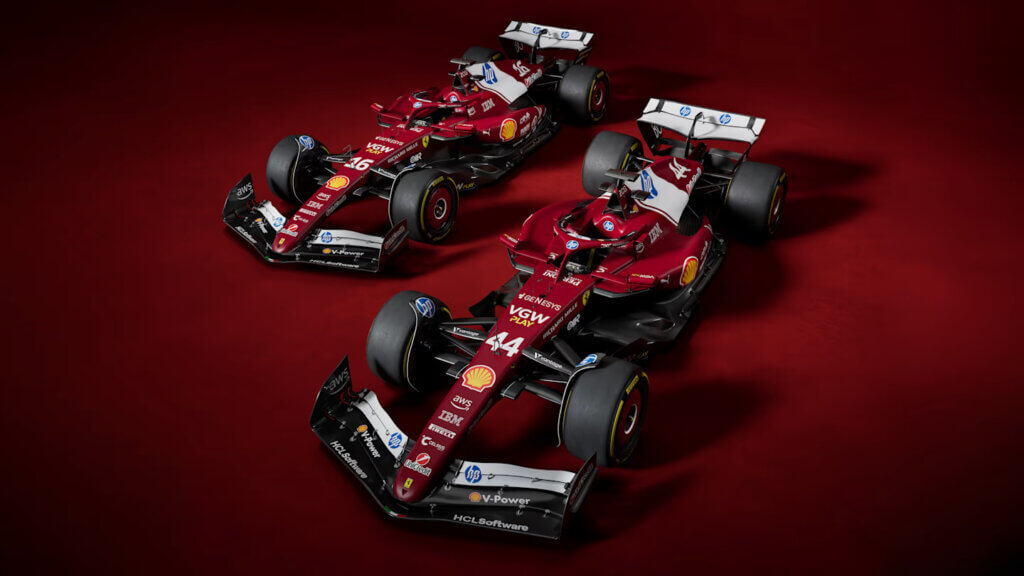
Stefano Domenicali, president and chief executive of Formula One, revealed plans to introduce a premium tier for F1 TV in 2025 “to target avid fans,” suggesting confidence in enthusiasts’ willingness to pay premium prices for enhanced content. This tiered approach aligns with broader trends in streaming services and demonstrates Formula One’s ability to monetise its most dedicated followers.
The digital transformation extends to social media, where follower counts have surged from 70.5 million to 97 million. This growth reflects both widening demographic appeal and improved content strategies across platforms, creating additional value for commercial partners seeking engaged audiences.
Corporate developments and future outlook
Liberty Media’s acquisition of MotoGP, although still pending regulatory approval with a deadline extended to 30th June, signals the company’s ambition to dominate global motorsport properties. Chang indicated the company is “working constructively with regulators towards approval,” positioning Liberty to control two of the world’s premier motorcycle and automobile racing series.
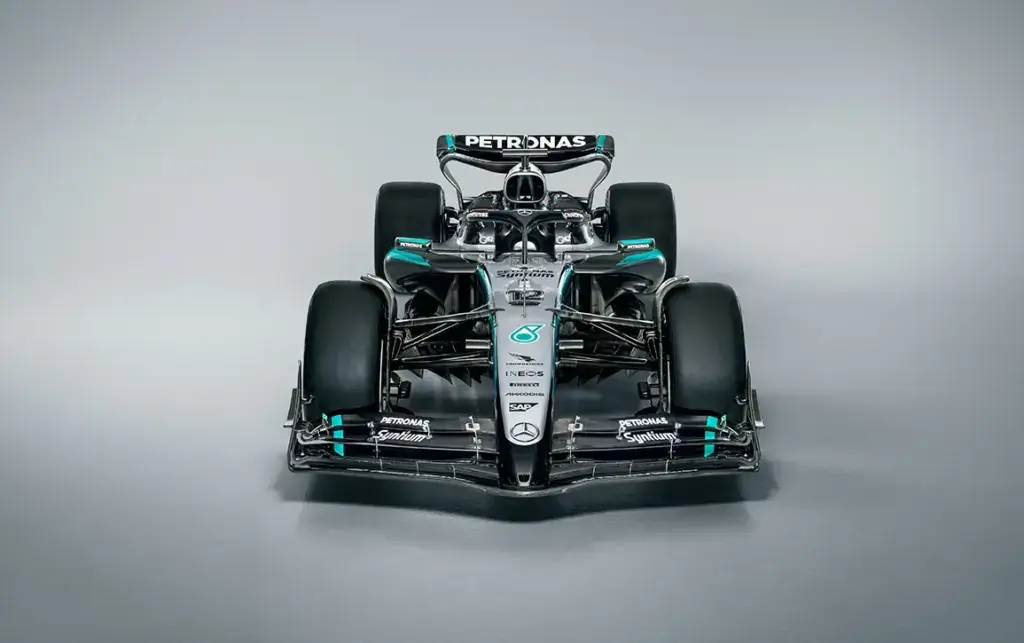
Formula One’s future competitive landscape may also evolve with Domenicali noting that an update on Cadillac’s potential entry “should not be too long” and that he was “looking forward to seeing them on track together with the other teams.” The addition of another manufacturer would further validate Formula One’s business model and potentially increase its appeal in the crucial North American market.
Brand partnerships beyond traditional sponsorship
The sport’s commercial partnerships have evolved significantly beyond traditional sponsorship models. Technical partners now leverage Formula One as a proving ground for innovation, with companies viewing their involvement as research and development opportunities rather than mere marketing exercises.
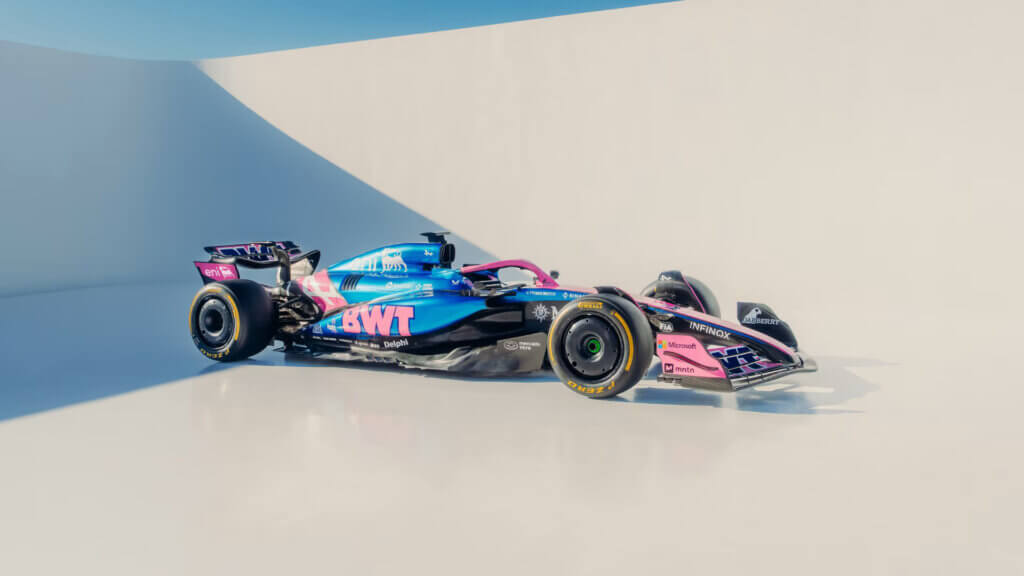
The recently announced ten-year partnership with luxury conglomerate LVMH exemplifies this trend, with the agreement encompassing multiple brands across the group. Though not commencing until 2025, such partnerships demonstrate Formula One’s appeal to premium brands seeking association with technological advancement and precision.
Challenges amid growth
Despite the positive financial trajectory, Formula One faces challenges in maintaining growth. The fourth quarter revenue dip to £877.5 million from £922.5 million in Q4 2023 highlights the importance of execution in key markets, particularly newer events like Las Vegas where expectations were extraordinarily high.
The sport must also balance commercial growth with sporting integrity as it navigates increasing calendar demands on teams and drivers. Maintaining competitive balance while generating record revenues presents an ongoing challenge that will test management’s ability to satisfy both shareholders and purists.
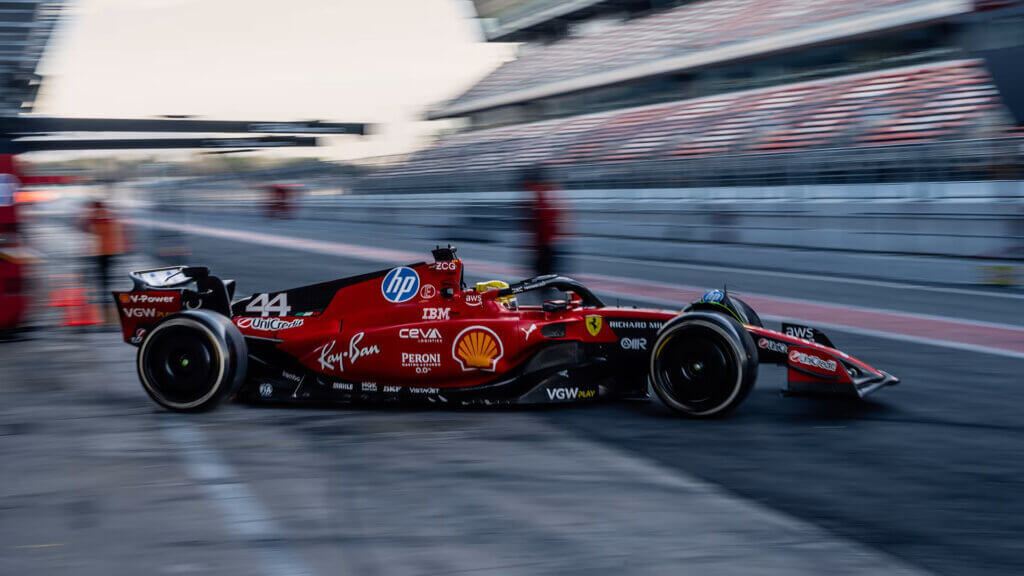
As Formula One enters 2025 with strong financial momentum, the sport appears positioned for continued growth. Chang summarised the outlook: “My time as a board member has enabled an efficient transition as we move quickly to accomplish our strategic priorities for 2025. This includes capitalising on Formula One’s success with the key building blocks to drive continued growth.”
With media rights, race promotion, and sponsorship revenues growing alongside attendance and viewership, Formula One has successfully transformed from a racing championship into a global entertainment property commanding premium prices across all revenue streams. The business model that once seemed precarious has proven remarkably resilient and adaptive, positioning Formula One for sustainable growth in the years ahead.


